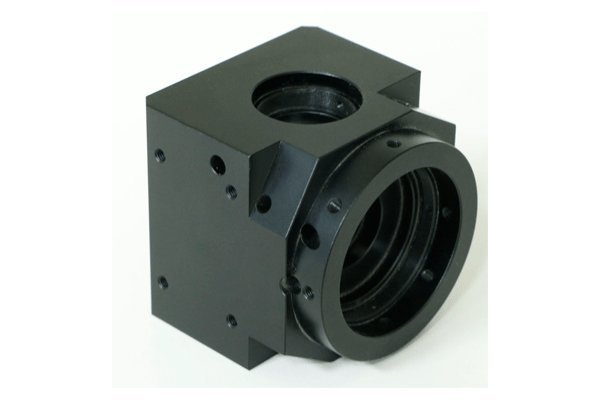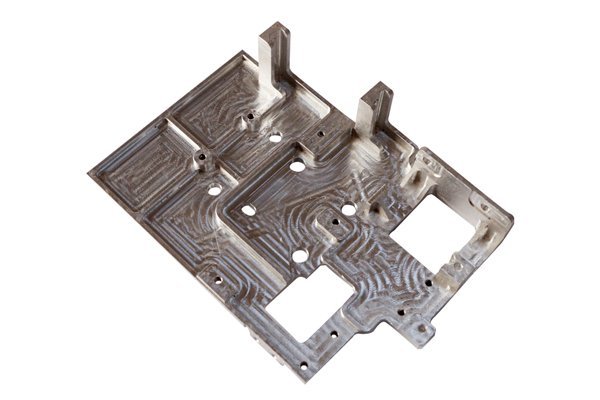—
Did you know that nearly 70% of manufacturers consider lead time as the most critical factor when selecting a supplier for custom parts? Fast turnaround times can significantly influence a company’s agility and market competitiveness, but achieving that speed often hinges on numerous factors within the CNC (Computer Numerical Control) machining process. This blog will delve into the complex world of CNC machining and explore how turnaround time can be optimized for custom parts production.
—
Understanding CNC Machining and Its Importance
Before we dive into the factors affecting turnaround times, it’s essential to understand what CNC machining is. CNC machining involves the use of computer-controlled tools to produce intricate parts from various materials like metals, plastics, and composites. This technology has revolutionized manufacturing, enabling the production of high-precision components with minimal human intervention.
Given its importance, slow turnaround times can hinder operations across diverse sectors like aerospace, automotive, and medical manufacturing. With the demand for customized components on the rise, understanding how to reduce these turnaround times is pivotal for maintaining a competitive edge.
—
Factors Influencing CNC Machining Turnaround Time
The complexity of the part being manufactured is perhaps the most significant factor affecting turnaround time.
Solution: During the design phase, collaborating closely with your CNC vendor can help identify potential issues that may lead to longer machining times. Simplifying the design where possible or utilizing materials that are easier to machine could reduce turnaround time significantly.
The quantity of parts being produced also affects the turnaround time.
Solution: If feasible, think about consolidating orders or creating larger batches to take advantage of economies of scale. This strategy can reduce per-part costs and improve turnaround times.
Machine setup is crucial in CNC machining but can be time-consuming.
Solution: Invest in equipment that supports rapid setup or implement methods such as modular fixtures that simplify and speed up the process. Additionally, training employees on efficient setup techniques can greatly reduce downtime.
The availability of the CNC machines can vary based on several factors, including:
Solution: Establishing a predictive maintenance program can minimize downtime due to unexpected repairs. Additionally, having alternate machines available can help keep production fluid, especially during peak seasons.
The skills and experience of the CNC machinists involved play a critical role in turnaround times.

Solution: Regularly invest in training programs to keep your operations team up-to-date with the latest techniques and technologies. Having a skilled team can drastically cut down turnaround time and improve output quality.
The materials required for CNC machining are usually sourced from various suppliers, and several factors can affect lead times:
Solution: Building relationships with multiple suppliers or maintaining an in-house stock of frequently used materials can help mitigate these risks. Additionally, considering local suppliers can expedite the delivery of materials needed to keep operations running smoothly.
As technology evolves, so do manufacturing processes.
Solution: Stay abreast of technological advancements and consider investing in newer machines and software that can enhance efficiency and reduce turnaround times.
—
The Role of Prototyping
Prototyping plays a crucial role in ensuring the efficiency of CNC machining processes.
Solution: Incorporate rapid prototyping into your development cycle. This not only helps in refining designs before mass production but also augments the overall machine utilization and efficiency.
—
Best Practices to Maximize Turnaround Time
—
: Time Is of the Essence
In today’s fast-paced manufacturing environment, understanding and optimizing turnaround time for CNC machining is crucial. Factors such as part complexity, batch size, machine setup time, operator skill, supply chain dynamics, and technological advancements all play integral roles in determining how quickly custom parts can be produced.
By employing effective solutions and best practices, manufacturers can enhance their turnaround times, positioning themselves to meet the demands of the market swiftly and efficiently.
This blog serves not only to highlight the intricacies of CNC machining turnaround times but also emphasizes the importance of continual adaptation and innovation in the manufacturing process. By reflecting on these aspects, businesses can foster a production environment that thrives amid constant changes and disruptions. Ultimately, raising the bar on turnaround time can be a game changer, impacting your bottom line, customer satisfaction, and overall competitiveness in the market.
—






